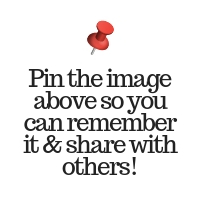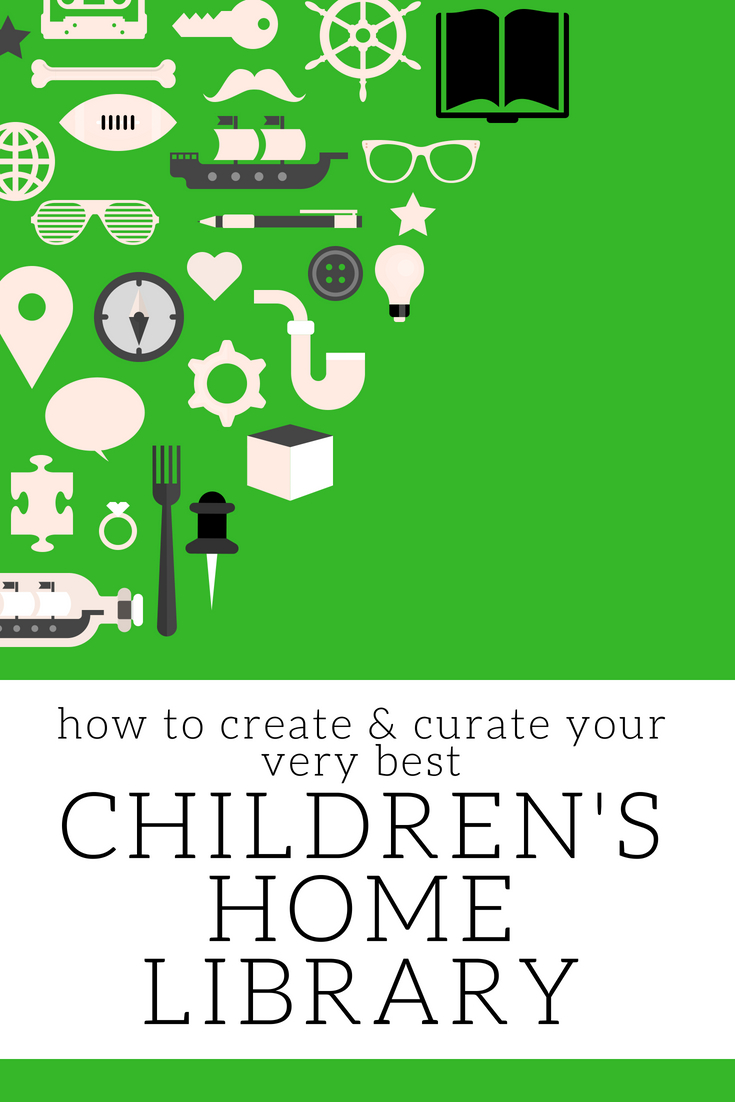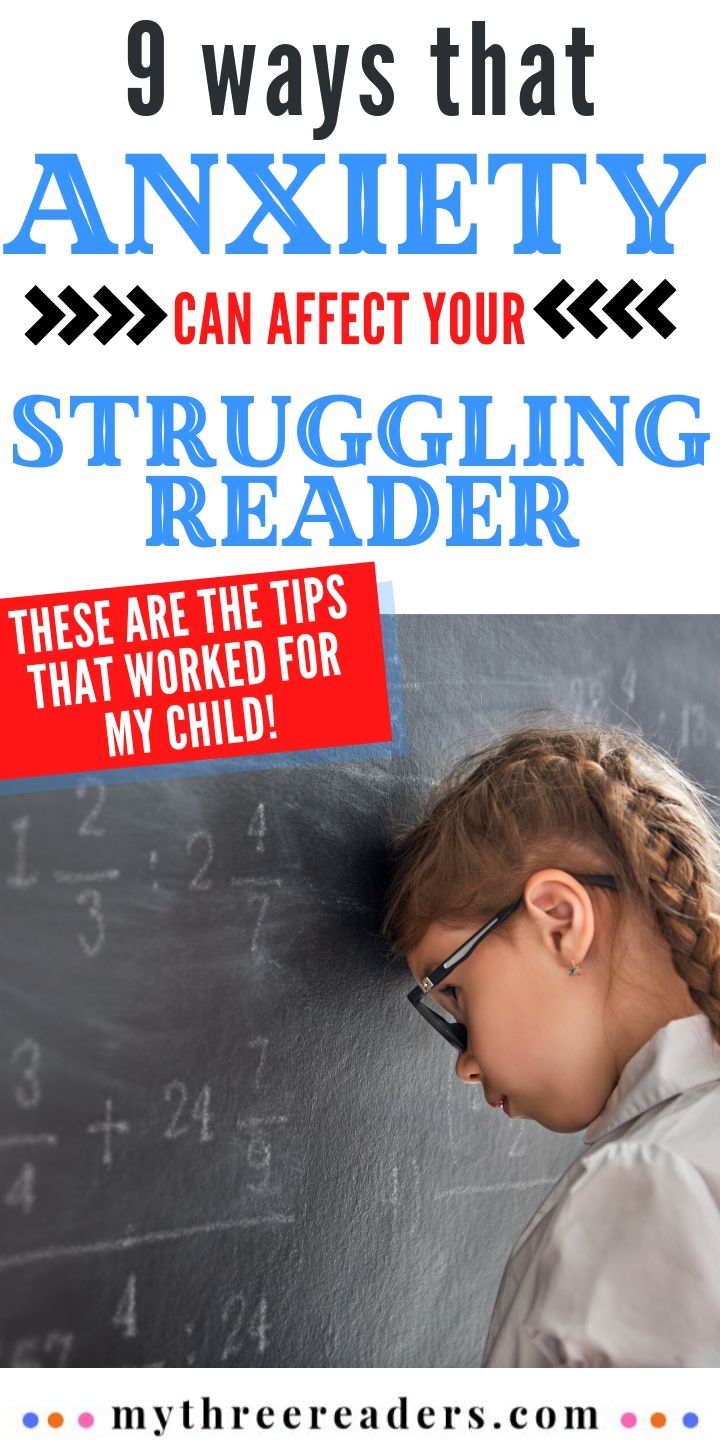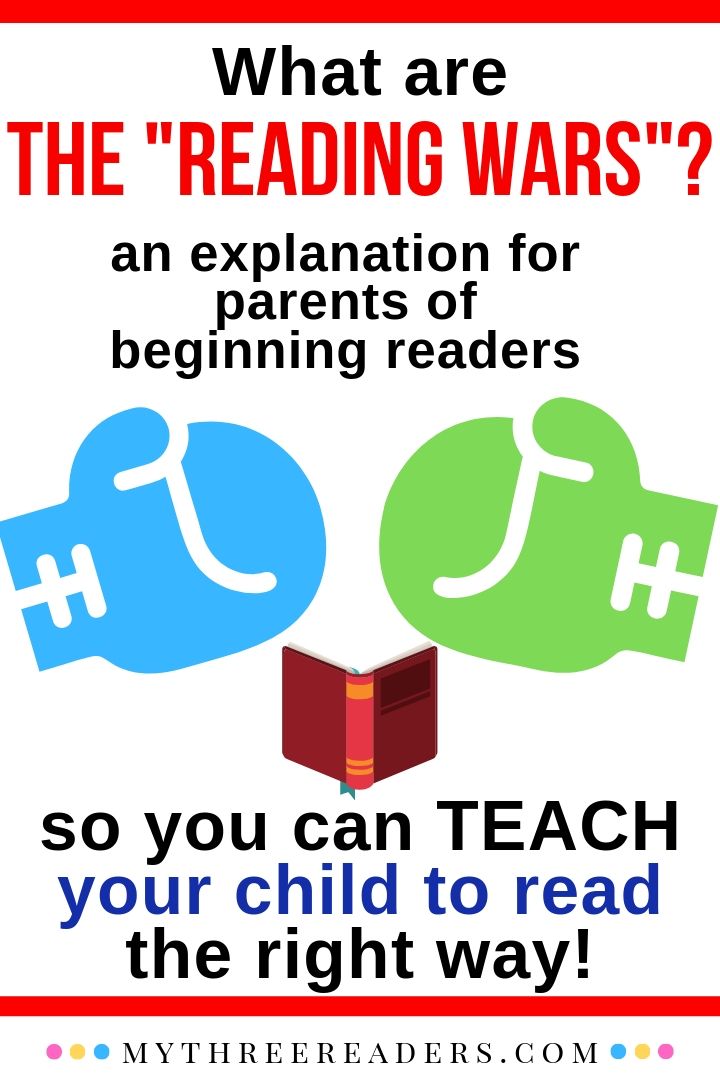Whatever Happened to Dick & Jane?
(A brief glimpse at the last 100 years of reading instruction (including Dick and Jane), and why it should matter to you!)
As an Amazon Associate I earn from qualifying purchases. You can learn more about that here.
 Do you remember the Dick and Jane readers of old that so many of us and our parents learned to read by? If you are young, you may not. But it is important that new parents and those teaching young children today to read know what happened to Dick and Jane as they pursue literacy for the next generation.
Do you remember the Dick and Jane readers of old that so many of us and our parents learned to read by? If you are young, you may not. But it is important that new parents and those teaching young children today to read know what happened to Dick and Jane as they pursue literacy for the next generation.
So this article is for YOU - parent, grandparent or teacher of a young reader. To give you a brief history of the evolution of teaching reading in the last 100 years in the U.S. and WHY it should matter (and have an impact on how you teach your child).
To jump to the end, in case you are the sort who likes to read the last page of a book first, Dick and Jane unfortunately died a long time ago. Some might not be too sad that those books are gone. But they still line the shelves of libraries far and wide. What is curious, though, is why they died and how they came to be.
And so, to begin, a brief timeline of the tale of Dick and Jane:
Before the 1900's phonics instruction and spelling were the teaching tool of the day. Colonialists used textbooks such as The New England Primer as a method of reading instruction. Although the whole language vs phonics debate was begun as early as the 1840's and probably before that, general phonics instruction itself in America was most prevalent until the early to mid 1900's.
In the early 1900's standardized tests began as a result of the Industrial Revolution. Reading instruction of the day was beginning to be influenced by the philosophies of John Dewey, a believer in a child-centered Progressive Education which upheld the idea that students need to learn by doing and that all humans learn through hands on experience.
It was during this time (1930's) that Dick and Jane readers were first published. The method of these books was primarily geared toward the memorization of sight words, in a whole language fashion, with short sentences including rhyme and repetition. They were borne during the height of a time in US history when whole language was being encouraged by some prevalent academic professionals.
In the late 50's and early 60's, the Cold War caused American leaders and parents to wonder and become anxious that our society was the superior society. Because of the "Space Race", national education reform was focused on by leaders and parents.
In 1964, President Johnson signed the landmark Elementary and Secondary Education Act, which today lives on as No Child Left Behind and now the Every Student Succeeds Act. Parents started purchasing more educational "toys" for children in an attempt to curb this anxiety.
Also during this time, psychologists and some academic professionals began speaking out and teaching reading theory in regard to psycholinguistics and sociolinguistics, with a focus on how a reader will use cues and context to interpret text. That the experience of the reader will have extreme influence on the interpretation and reading of the text. Read: whole language!
A little later on though, as the "whole-language only" method for reading instruction began to fail for some students, phonics began to make its comeback for those students who struggled to read. In 1955, Rudolf Flesch published Why Johnny Can’t Read, advocating a return to phonics.
Along with children of the 30's, 40's and 50's, Dick and Jane lived and flourished. However, when Rudolf Flesch wrote his book Why Johnny Can't Read: And What You Can Do about It, the Dick and Jane books began to slowly fall out of favor into a more phonics-based method of instruction.
One day, a teacher purchased every book of the Dick and Jane series and burned them all to the ground while chanting, "phonics rules, phonics rules". (Just teasing here :).
However, the books did fade away, finally succumbing to the end of their publication. (Although, the books were reissued in 2003 by Grosset & Dunlap, an imprint of Penguin Group, and over 2.5 million copies were sold. This time, though, the publishers had warned against using them to teach reading to children.)
Interestingly, when folks began to complain of the plain and boring nature of the Dick and Jane readers, a man who had previously authored children's books was employed to "liven up" the sight word (or look-say, as it was also called) method. Thus were written and published the earliest readers of Dr. Suess (the Cat in the Hat, One Fish, Two Fish, Hop on Pop, etc.) 
So goodbye, Dick and Jane! They will be with us forever, though in back-alley Amazon stores and used eBay listings.
What can we learn from their life and times? Well, let's talk about that! First, let's learn from history by asking WHY did these two methods start in the first place?
Phonics started based upon the work of Blaise Pascal, who invented synthetic phonics in 1665. It was the fastest and easiest way to teach the reading and writing of English by connecting written letters and letter combinations with the sounds they make. The basis of all reading instruction! We needed this system to be able to teach reading in a uniform way to beginners.
Whole language, in my own opinion, was introduced because of two driving factors. 1) The severity of rigorous phonics-drilling without regard to the impact of the written word to a child and without a sense of the way a child will connect with the print. Too many had not considered other methods or a more holistic approach to reading instruction. And 2), it simply did not work perfectly for every student.
What we can learn from those before us therefore, is to take the best of each and apply it to our own children.
The best of phonics - A deep understanding of words by letters and blends. A memorization of rules that will apply to the majority of written English. Having the skillset of a decoding difficult or unknown words through precise and unchangeable means.
The best of whole language - A language rich environment. An understanding of the student and the way the written word impacts him or her by considering outside factors that might influence their reading instruction. Allowing the brain to grasp the whole word as a means to communicate on paper without having to labor through intensive "sounding out". Possible early feelings of success in reading.
History has proven to a fair degree that people need phonics instruction at some point of their learning in order to be more advanced, more developed readers and spellers. Schools and reading curriculums everywhere are still today battling and contending with the "phonics v whole language" battle.
But we can now see that children have different learning patterns and styles. Perhaps it will be beneficial for some children to see and memorize the whole word first before tackling the underlying phonics. And for many, there must be a basic understanding of the mechanics of phonics before whole word instruction.
So, when your kiddo comes home from school with a list of ten words to memorize, that's okay! Go for it. But not to the detriment of having never learned phonics. Make sure that at some point in your child's education, that he or she will get a substantial dose of the rules of phonics.
Bottom line? You need to pay attention to how your child is doing - whether or not she is receiving the instruction she needs, and how she interprets it for her own learning process.
(And on that note - the "light comes on" in children at different ages. If your child is still struggling long after the powers that be say he "must" know how to read, barring any reading disorder (dyslexia, dysgraphia, etc), your primary job as a parent will be to keep your child's spirits up as you read to him, filling his life with great literature and a love of reading even before the reading has happened.)
One day, it will! Just be patient and help your child to not worry, similar to when a child is last one in class whose first tooth has not yet been lost.
3 points of focus we can move forward with as educators and parents:
- INFORMATION: Caregivers and parents simply need to be informed. We have to know our history. Education in America is criticized for lacking. As parents and neighbors, we ARE responsible for the direction of our own schools and therefore WE are to blame. Arm yourself with knowledge. We need to know the history of American education, particularly when it comes to reading and writing, so that we may better equip our own children and future generations. Ask for better curriculum in the schools. And know what you are asking for and why. Share this information with other parents and get others involved in your corner of the world.
- SUPPLEMENTATION: Parents need to understand what techniques are being used in their school district. If a teacher or school's curriculum falls heavily into one camp or another (whole language for instance), parents must take it upon themselves to supplement at home what is lacking.
- PROTESTATION: How can there be change for the better in our schools if we completely rely on and blindly accept without question the curriculum handed to us to teach? Teachers especially need to be the watchdog for better curriculum and raise red flags when the mistakes of the past rear their head once again. (Usually in the form of an extreme opinion enforced one way or the other without regard to the needs of the student.) In these cases, we need to protest by voice and by vote. And we need to understand why. We cannot depend solely on the single Reading Specialist in a school to put a stop to bad reading curriculum. We must take it upon ourselves as teachers and parents to safeguard good instruction. If you have taken your child out of the public school system, you are still a taxpayer in that district! You have a voice for the local public school.
Thank you Dick and Jane, for the lessons you did teach us! It was not your fault that some considered you the end-all be-all for reading instruction to the detriment of learning for others. And many children all over the world DID learn to read by these books. So there is that. Don't shoot the supplement, folks. Dick and Jane readers can still play a part in a child's library of instruction if so chosen.
Were you a product of learning to read by Dick and Jane? If so, how did it work for you? If not, have you learned anything from this article? Leave a comment below and let me know!
Forever a reader for life,
Amy

















Thanks! It’s interesting to know the timeline behind some of these shifts. I haven’t really looked at Dick and Jane books much but is frustrating when I find emergent readers at my school that some publisher thought were “easy” just because they were short! But then again it’s also frustrating when you find a pile of books that are so strict about only using certain phonemes that they don’t make sense or they have obscure vocabulary that kids don’t know “a kid did a fib to be rid of the rib” type stuff. But it IS a great feeling when you find those books
That hit the sweet spot in the middle with lots of sight words,’decidable worlds, and a cohesive story!